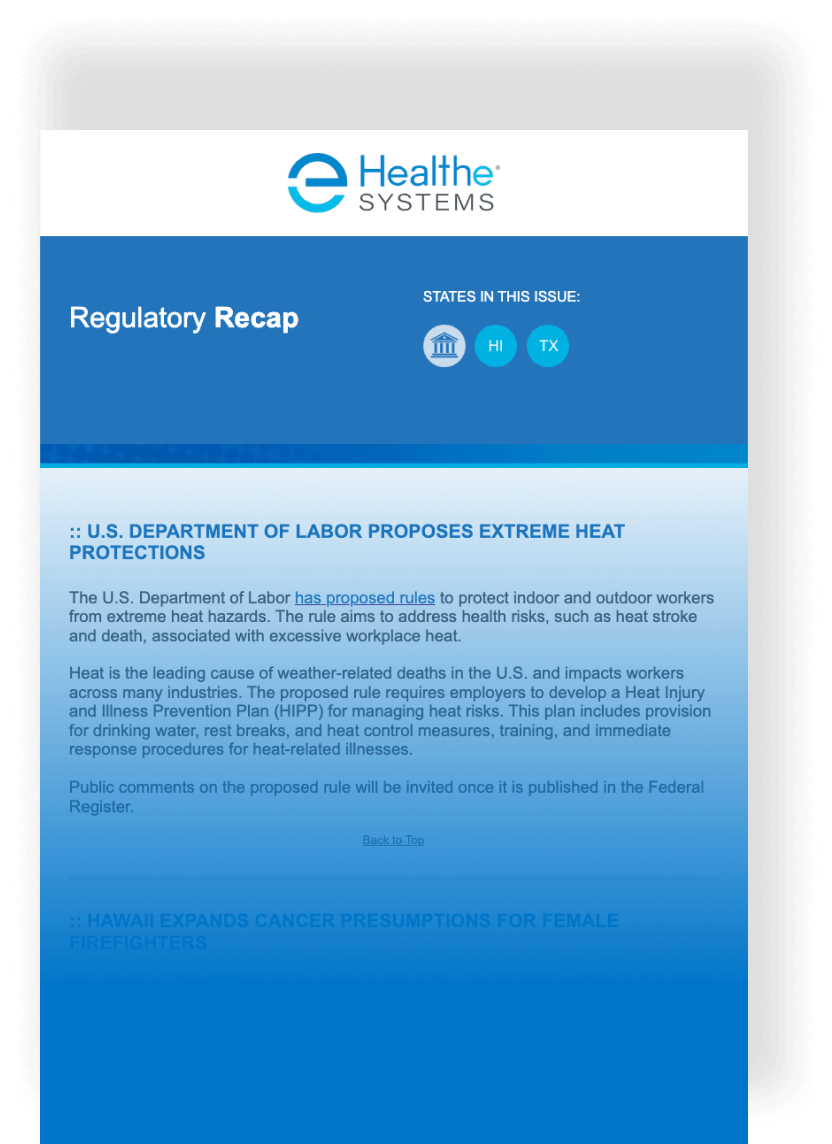The Workers’ Compensation Research Institute (WCRI) published a new study that offers measurable evidence of how California’s 2005 heat standard impacted the frequency of injuries in occupations with substantial exposure to outdoor heat, like construction, agriculture, and transportation.
As federal and state regulators explore new heat safety standards, WCRI’s study offers timely insights that may shape future policy and workplace protections. With federal officials announcing plans for the first-ever national heat stress rule, this research contributes meaningfully to a growing conversation on safeguarding workers in extreme conditions.
The report utilizes claim data in the WCRI detailed benchmark/evaluation (DEB) database from the warmer months of May-October, cross referencing them with maximum daily temperatures from 2002-2022 from the ZIP Code Tabulation Area from the PRISM Climate Group. This resulted in 2 million ZCTA day observations from 2002-2022.
California’s heat standard – which requires employers to provide water, shade, rest breaks, acclimatization plans, and emergency response protocols during excessive heat – resulted in a decline in the number of work-related injuries on hot days for industries with substantial exposure to outside heat. Results included:
- 15-17% decreases in work-related injures for construction workers
- 24-27% decreases in work-related injures for agriculture workers
- 19-25% decreases in work-related injures for transportation workers
The heat standard had an effect that increased with outside temperatures, with the strongest effect seen for temperatures above 95 degrees Fahrenheit. Furthermore, the heat standard had a larger impact on younger workers. The decrease in the frequency of work-related injuries on hot days for workers age 35 and below was 18% in construction and 27% in agriculture.
No differences were found across gender or injury type.
According to WCRI, previous research found that excessive heat not only causes heat-related illnesses such as heat exhaustion, but also impairs judgment and perception, increasing the risk of accidents such as being struck by machinery. Heat-related illnesses are 11 to 18 times more frequent on days above 95°F compared with days between 75 and 80°F, yet they represent 20 to 25 percent of all injuries attributable to heat.







